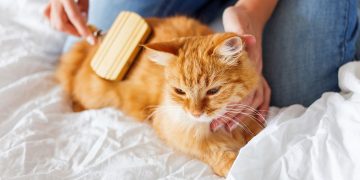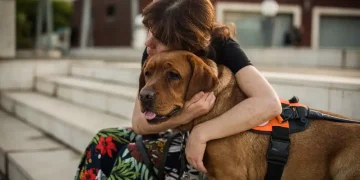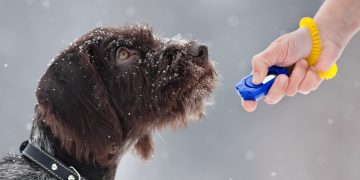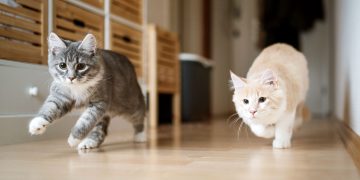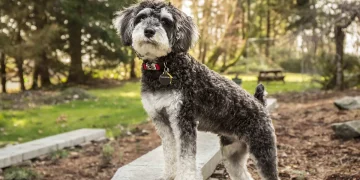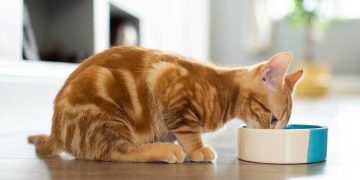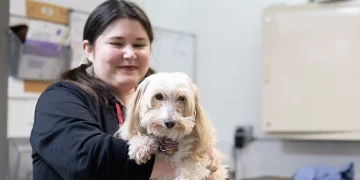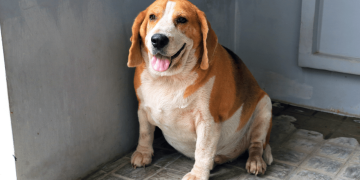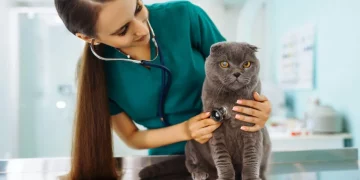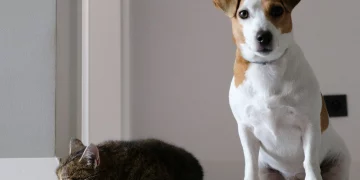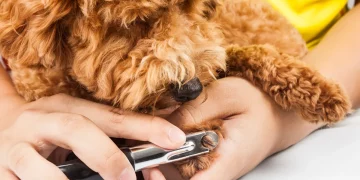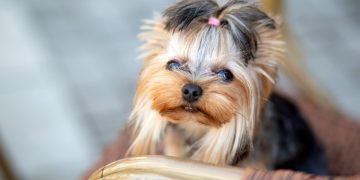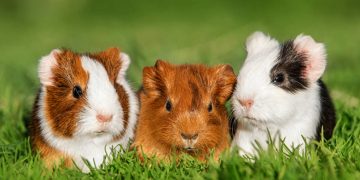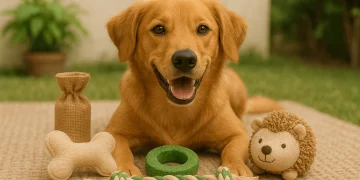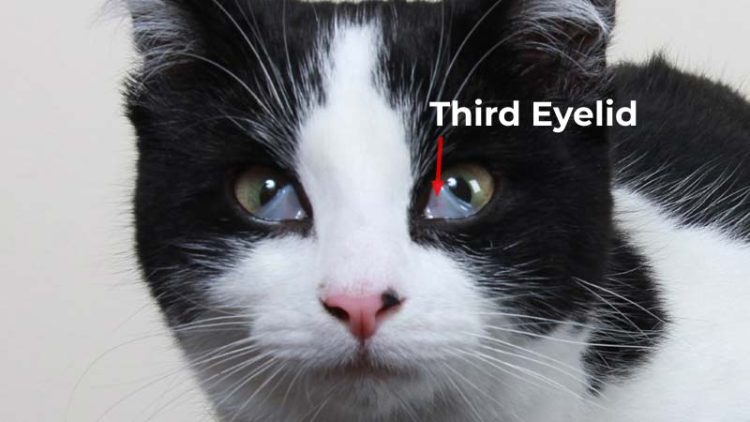The Nictitating Membrane: A Feline’s Hidden Eyelid
Cats possess a unique ocular feature beyond the usual pair of eyelids: a third eyelid known as the nictitating membrane. Nestled at the eye’s inner corner, this membrane typically remains concealed, emerging only under certain conditions.
Protrusion of the Third Eyelid: Signs to Watch For
Although a seldom-seen part of feline anatomy, the protrusion of the third eyelid can be an indicator of health issues. Understanding why a cat’s third eyelid becomes visible is crucial for their wellbeing.
Normal Vs. Problematic Third Eyelid Appearance
Some instances of a visible third eyelid are harmless, while others warrant veterinary attention. Regular observation and timely response is the key should this eyelid anomaly persist.
Third Eyelid Visibility During Rest
In tranquility, a glimpse of the third eyelid can be normal. It should retract once the cat is fully awake. However, if the membrane stays extended, further investigation is called for.
Effects of Sedation on the Third Eyelid
During and after anesthesia, the third eyelid’s appearance is typical due to bodily relaxation, but prolonged visibility post-procedure might be unusual.
Inflammations Leading to Third Eyelid Emergence
Conjunctivitis and corneal ulcers are among the conditions that can cause the third eyelid to emerge due to underlying inflammation.
Serious Eye Conditions
Diseases like uveitis and glaucoma also have the potential to cause third eyelid protrusion, as do physical abnormalities such as the “cherry eye” and various eye growths.
Neurological Influences
Horner’s syndrome is an example of a neurological issue leading to a pronounced third eyelid presence. Distinctive signs include asymmetry in the cat’s eyes and a noticeable droopiness.
Seeking Professional Care
Observing a protruding third eyelid in your cat outside of rest, sedation, or anesthesia signals a need for a veterinary consultation. Eye issues can escalate quickly; thus, it is imperative to seek professional advice before administering any treatment.
Conclusion
Understanding your feline’s third eyelid is essential. A visible nictitating membrane can serve as an early warning sign of potential health problems. If your cat exhibits this symptom, along with others indicative of illness, do not hesitate to contact your vet. Early intervention is vital to prevent the progression of underlying issues.



